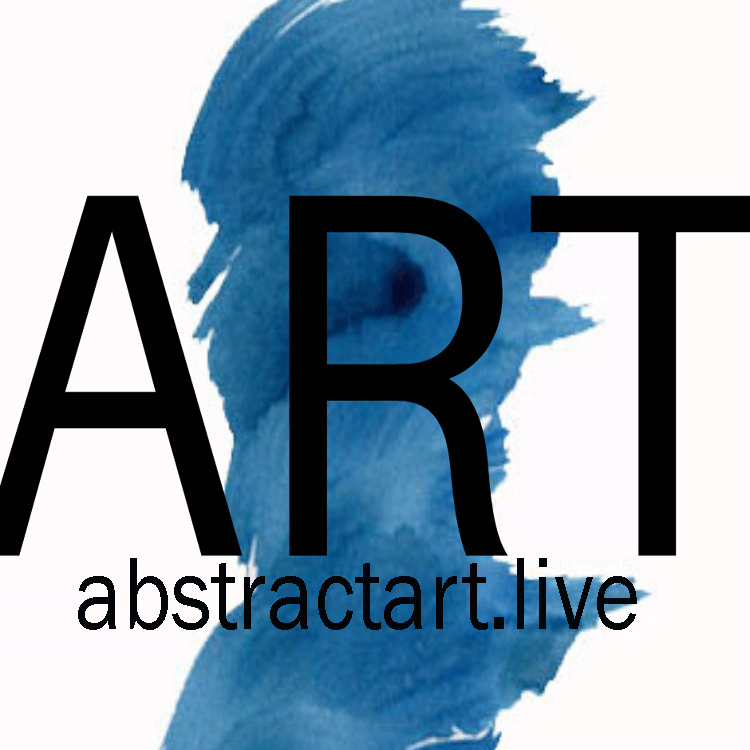Interior design trends favoring abstract landscapes
Homes evolve with personal taste, and art often defines the spirit of each room. Abstract landscapes stand out as fresh tools that inspire emotion and spark thought. They replace static views with movement, allowing color and form to carry meaning. In the world of abstracts, spaces feel alive with depth and imagination. Today, interior design trends favoring abstract landscapes show how art no longer stays confined to a frame. Instead, it guides mood, energy, and even daily comfort.
Why Do Abstract Landscapes Dominate Today’s Design Scene?
Abstract landscapes attract attention because they balance familiarity with surprise. While they echo nature, they also free the eye to explore shapes without limits. For many homeowners, this type of art replaces predictable décor with ideas that breathe energy into walls.
Abstract art connects with the viewer’s inner world. On the other hand, it ties modern spaces to themes of light, air, and space. Together, these qualities transform homes into places of both calm and inspiration.
Life in urban centers often feels busy and demanding. Abstract landscapes ease this tension by offering both escape and stimulation. They remind us that creativity sits within reach, not only beyond the home.
Calming coastal landscape in abastact - SAIL ON original art print
Art provides calm after long hours in traffic or at the office. In contrast, the same piece sparks energy during a gathering, turning blank walls into a topic of conversation. Abstract landscapes succeed because they come from imagination instead of rigid form.
There are numerous unpacking and organizing strategies to help you when settling into your new place. Abstract art pieces may not be among the first things you'll unpack, but they can be a finishing touch to bring the entire place together.
Scale Matters
Size defines impact as much as color or subject. Abstract landscapes prove this rule with unmatched force. Oversized canvases bring focus into tight rooms, where furniture might otherwise dominate.
Transition words show this balance. For instance, one large piece centers the eye in a small studio. At the same time, it draws attention away from clutter. With bold scale, art creates order where chaos may rise.
Original oversized framed print - art by KR Moehr
Here are some practical tips when using a scale:
● Choose one oversized canvas instead of many small prints.
● Position it on a main wall that receives natural light.
● Keep furniture lines simple to avoid visual conflict.
● Allow the piece to guide accent colors across the room.
Designers repeat the point often: large-scale pieces transform small spaces with a striking effect. These works not only expand visual perception but also lift the entire mood of a compact home.
Mixing Abstract Landscapes with Different Design Styles
Abstract landscapes adjust easily to multiple styles, which is why they continue to attract attention. Minimalist rooms gain depth from bold strokes, while rustic homes welcome muted tones with earthy references. Industrial lofts benefit from the raw energy that abstract art carries.
*PHOTO
Transition words clarify this harmony. For example, a sleek sofa finds balance when placed near an abstract landscape. At the same time, weathered wood tables feel fresh when paired with contemporary abstract prints. Each combination shifts mood without erasing the character of the room.
Designers remind us that cohesion lies in thoughtful choice. Art should connect with the space yet challenge it too. Abstract landscapes succeed because they avoid strict realism and invite free interpretation.
Abstract Landscapes in Loft Living
Open lofts often present wide walls and tall ceilings that feel hard to manage. Abstract landscapes meet this challenge by introducing motion and rhythm. They zone large rooms without heavy partitions.
For instance, a massive piece on one wall separates the dining space from the living space. On the other hand, a vertical canvas near windows draws eyes upward, expanding a sense of height. These techniques make open interiors less overwhelming.
Lofts also reward creativity with color. Bold tones shine against concrete or exposed brick. Soft abstract art calms open layouts when quiet elegance is needed. When styling your new loft, let the art lead the way rather than force it to follow furniture.
Functional Décor
Abstract landscapes no longer limit themselves to framed art. Designers extend them into everyday décor. Rugs, throws, curtains, and wallpapers now act as carriers of abstract imagery.
A rug with a sweeping horizon defines a seating area. A wallpaper with abstract strokes builds drama without heavy furniture. Functional décor proves art lives beyond gallery walls.
This expansion keeps interiors dynamic. When people walk across a rug or close a curtain, they engage directly with abstract design. That interaction reinforces the emotional power of the art.
Curate a Personal Abstract Collection
Abstract landscapes mean more when chosen with care. Each person should build a collection that echoes memory, mood, or aspiration. Size, color, and medium all matter.
Smaller pieces work well in hallways. Larger works dominate living rooms. Learn to balance price and meaning, since value rests not only in cost but also in emotional pull.
Collectors gain confidence by starting small. Prints or digital works provide access without a large investment. As tastes evolve, original paintings add strength and uniqueness to a home.
Which One Of The Interior Design Trends Favoring Abstract Landscapes Will You Choose?
Abstract landscapes enrich homes with imagination, scale, and color. They prove flexible enough for lofts, rustic cabins, or urban studios. When homeowners explore interior design trends favoringabstract landscapes, they find new ways to shape space with intention. The challenge is to act, not only admire. Choose a piece, place it, and allow art to change your home.









